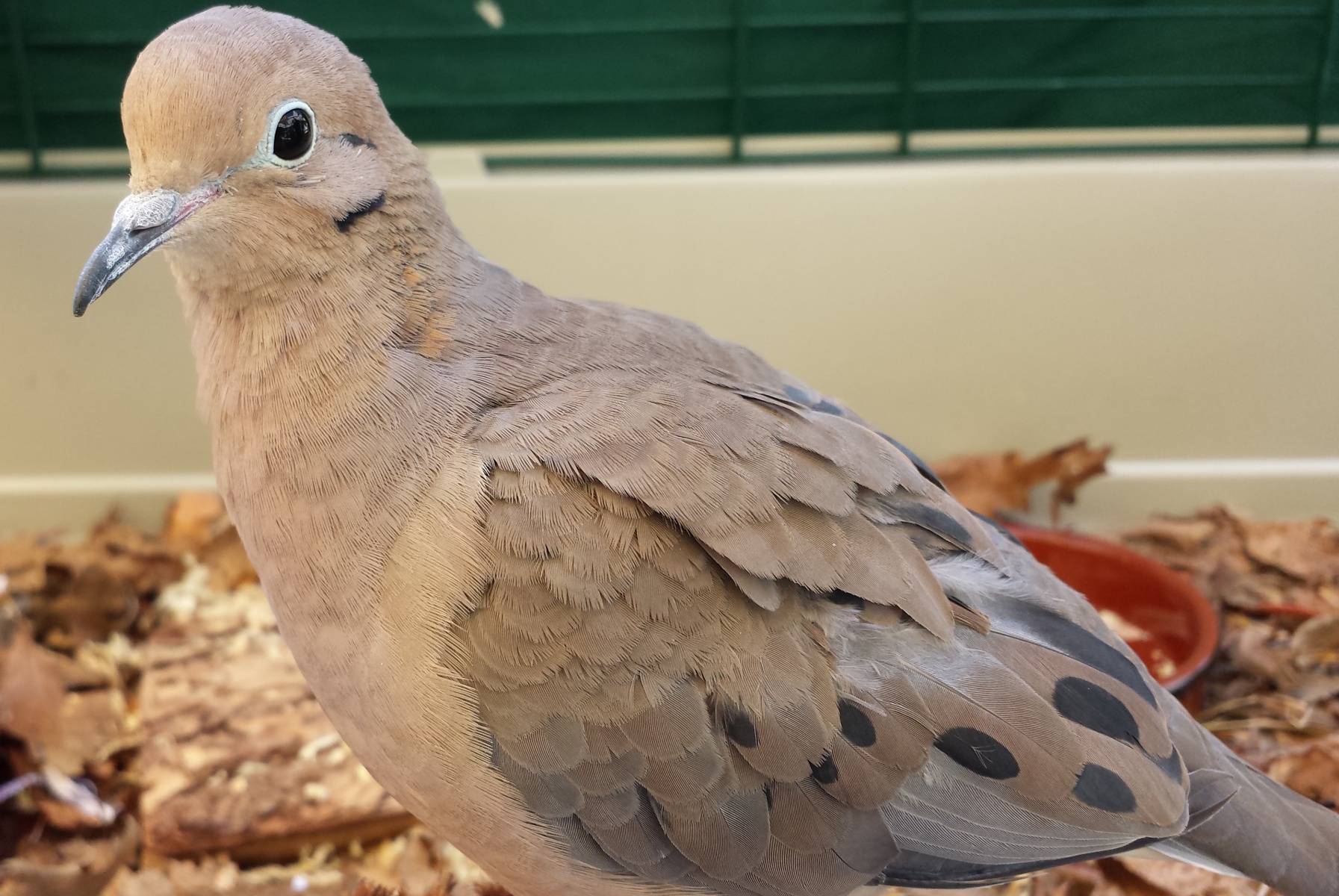

Young mourning doves are fed regurgitated food by both parents. Average age at sexual or reproductive maturity (male) 85.0 daysīoth male and female mourning doves share in incubating and feeding their young.


Range time to hatching 15.0 (high) days.Breeding season February through October.Breeding interval Mourning doves may breed several times in a breeding season, depending on food availability.gonochoric/gonochoristic/dioecious (sexes separate).( Basket, et al., 1993 Mirarchi and Baskett, 1994 U.S. Mourning doves have the longest breeding season of all North American birds. The young leave the nest about 15 days after hatching but remain nearby until they are more accomplished at flying, usually at about 30 days old. Department of Agriculture, 2007)įemale mourning doves generally lay two small, white eggs in an open nest. Nest construction takes over ten hours and covers a span of three to four days. After finding a mate, males begin selecting a nest site. If a pair bond is formed, the male and female remain together for a few days before starting to build a nest.
Mourning dove sound series#
Females land near the male on his display perch, causing the male to begin an elaborate series of courtship maneuvers. They will drive other males away from their display perch but do not otherwise establish a territory until after mating. Males perform a number of displays, along with a courtship "coo", on a display perch. Mourning doves are monogamous, some pairs stay together through the winter. Average basal metabolic rate 0.736 W AnAge.Males are larger than females and are slightly brighter in color, males have a bluish crown and a rosy breast. They have a small, black bill and red legs and feet. They are overall grayish blue to grayish brown on their backs with black spots on their wings and behind their eyes. They have a stream-lined appearance, with a relatively small head and a long, pointed tail. Their size, weight, and specific coloration vary across their range. Mourning doves are medium-sized birds in the pigeon family. They are most abundant in agricultural and suburban areas where humans have created large areas of suitable habitat. They are more common in open woodlands and forest edges near grasslands and fields. Mourning doves are highly adaptable birds and are found in a wide variety of habitats. Mourning doves are found year-round throughout most of their range but northern populations migrate south during the winter. They live from southern Canada, throughout the United States, and south to Panama. Mourning doves are only native to the Nearctic region.


 0 kommentar(er)
0 kommentar(er)
